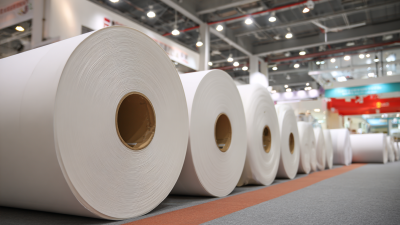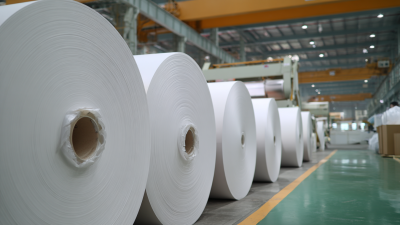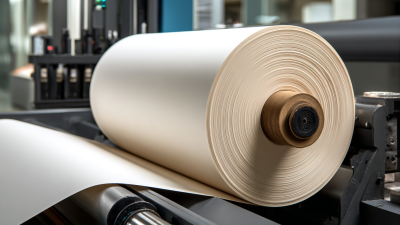In recent years, the sustainable manufacturing sector has increasingly prioritized eco-friendly materials, with "Wood Pulp Paper" emerging as a frontrunner in this evolution. According to the Environmental Paper Network's assessment, the production of wood pulp paper can lead to a significant reduction in greenhouse gas emissions, with estimates indicating a decrease of up to 50% compared to traditional paper sources. Additionally, the World Wildlife Fund highlights that when sourced from sustainably managed forests, wood pulp paper contributes to biodiversity preservation and protects water resources.
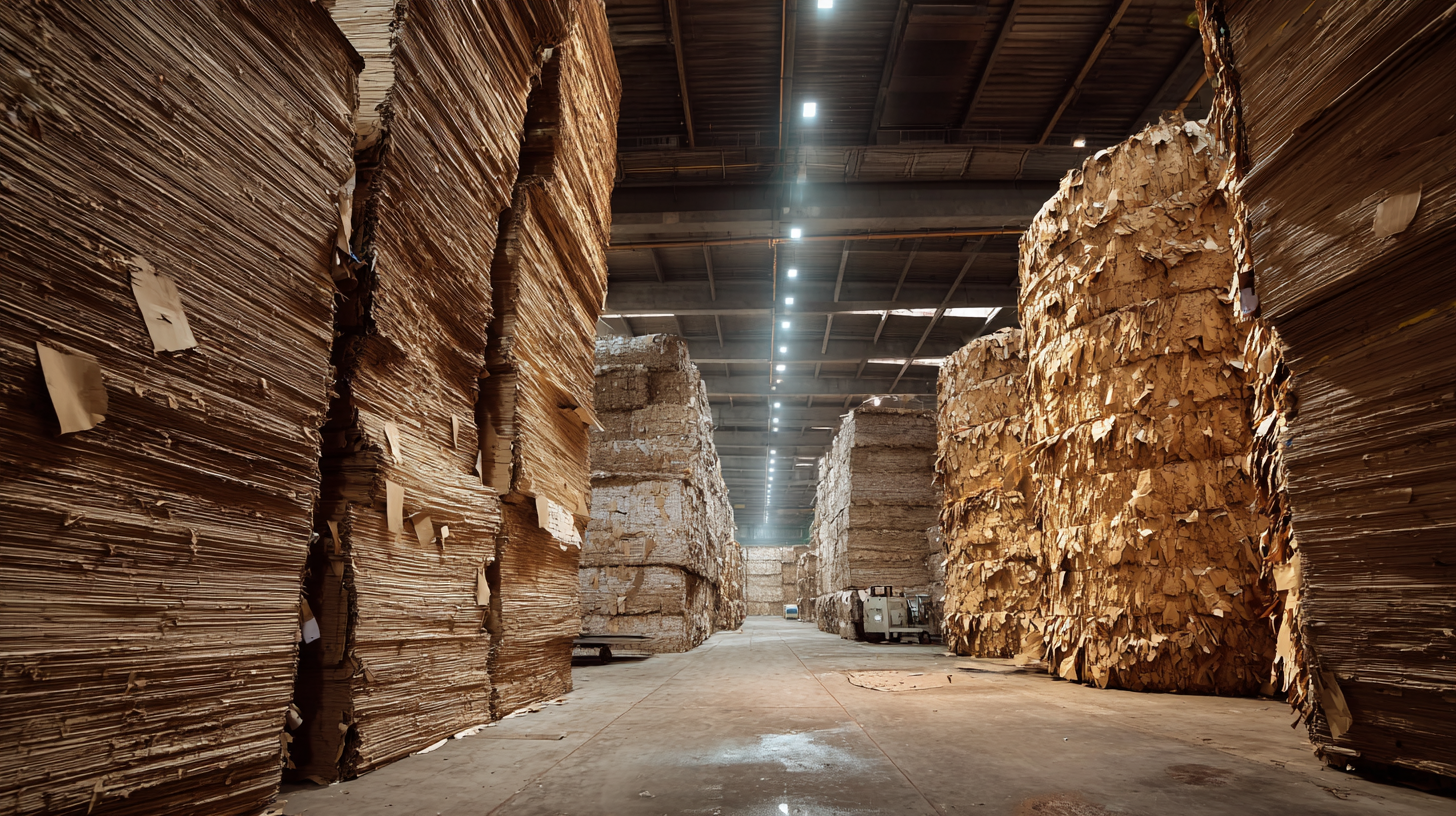
When examining the life cycle of wood pulp paper, studies show that it exhibits a smaller carbon footprint than many synthetic alternatives, reinforcing its role as a sustainable choice. As industries seek to align with eco-conscious initiatives, understanding the environmental benefits of wood pulp paper is essential for enhancing sustainability practices in manufacturing processes.
The use of wood pulp paper in sustainable manufacturing plays a pivotal role in reducing the carbon footprint associated with industrial processes. As the pulp and paper sector accounted for just under 2% of total industrial emissions in 2022, adopting eco-friendly practices such as sustainable harvesting and reforestation can significantly mitigate environmental impacts. Innovations in the industry, such as nature-based renewable technologies, are being developed to further decrease emissions and enhance carbon sequestration capabilities.
Moreover, studies highlight the importance of waste management and circular economy principles within the pulp and paper production chain. Implementing pathways for decarbonization, such as Bio Energy Carbon Capture and Storage (BECCS), presents exciting opportunities for pulp mills to address their carbon emissions efficiently. By prioritizing these sustainable practices, the pulp and paper industry can contribute to global climate goals while maintaining competitiveness and promoting biodiversity.
| Dimension | Value |
|---|---|
| Average Carbon Emissions Reduction (kg CO2/ton) | 500 |
| Recyclability Rate of Wood Pulp Paper (%) | 85 |
| Energy Savings Compared to Plastic (%) | 40 |
| Water Usage Reduction (liters/ton) | 2500 |
| Biodegradation Time (months) | 3-6 |
Sustainable sourcing plays a crucial role in the eco-friendly production of paper, especially through initiatives like certified forest management. By adhering to standards set by forest certification bodies, companies can ensure that the wood pulp used for paper comes from sustainably managed forests. This process not only protects biodiversity but also promotes responsible land management practices, which are essential for maintaining healthy ecosystems. The commitment to these standards provides assurance to consumers that their paper products contribute positively to the environment.
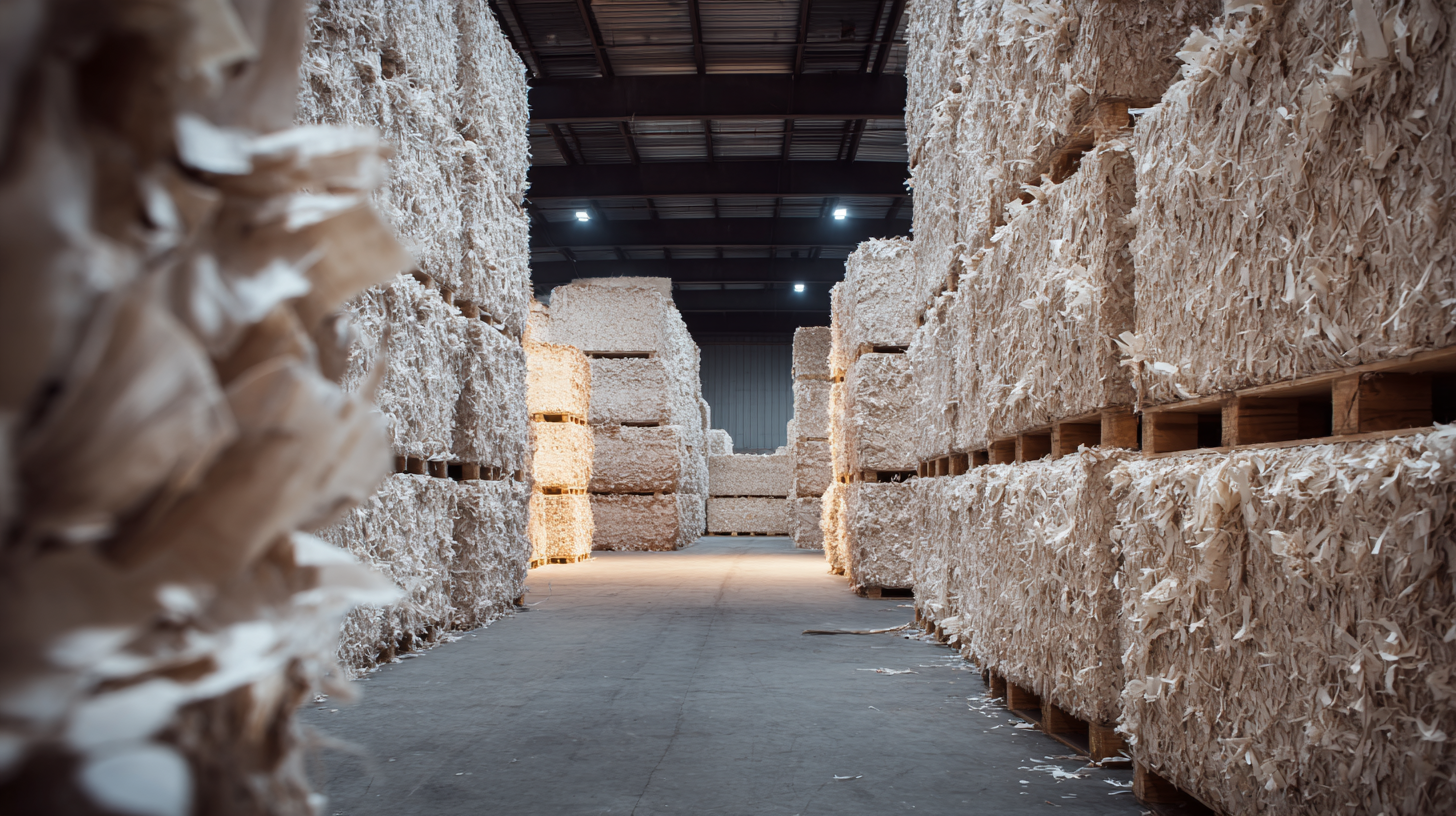
Furthermore, the transition to paper packaging by major companies is a significant step towards reducing plastic waste and enhancing sustainability in the packaging and paper (P&P) industry. As these companies embrace paper solutions, they create opportunities for innovation in sustainable manufacturing processes. With the rising demand for eco-friendly products, the P&P sector is under pressure to adopt practices that align with environmental values, driving advancements in responsible forestry and manufacturing.
The production processes for wood pulp paper exhibit significant energy efficiency advantages over synthetic alternatives, aligning well with the growing emphasis on sustainability. Recent innovations in biomass technology have highlighted the potential of wood pulp not only as a renewable resource but also as an efficient energy source in manufacturing. By enhancing biomass utilization through combined pulp and fuel production, industries can make substantial strides towards reducing greenhouse gas emissions, thus contributing to climate change mitigation efforts.
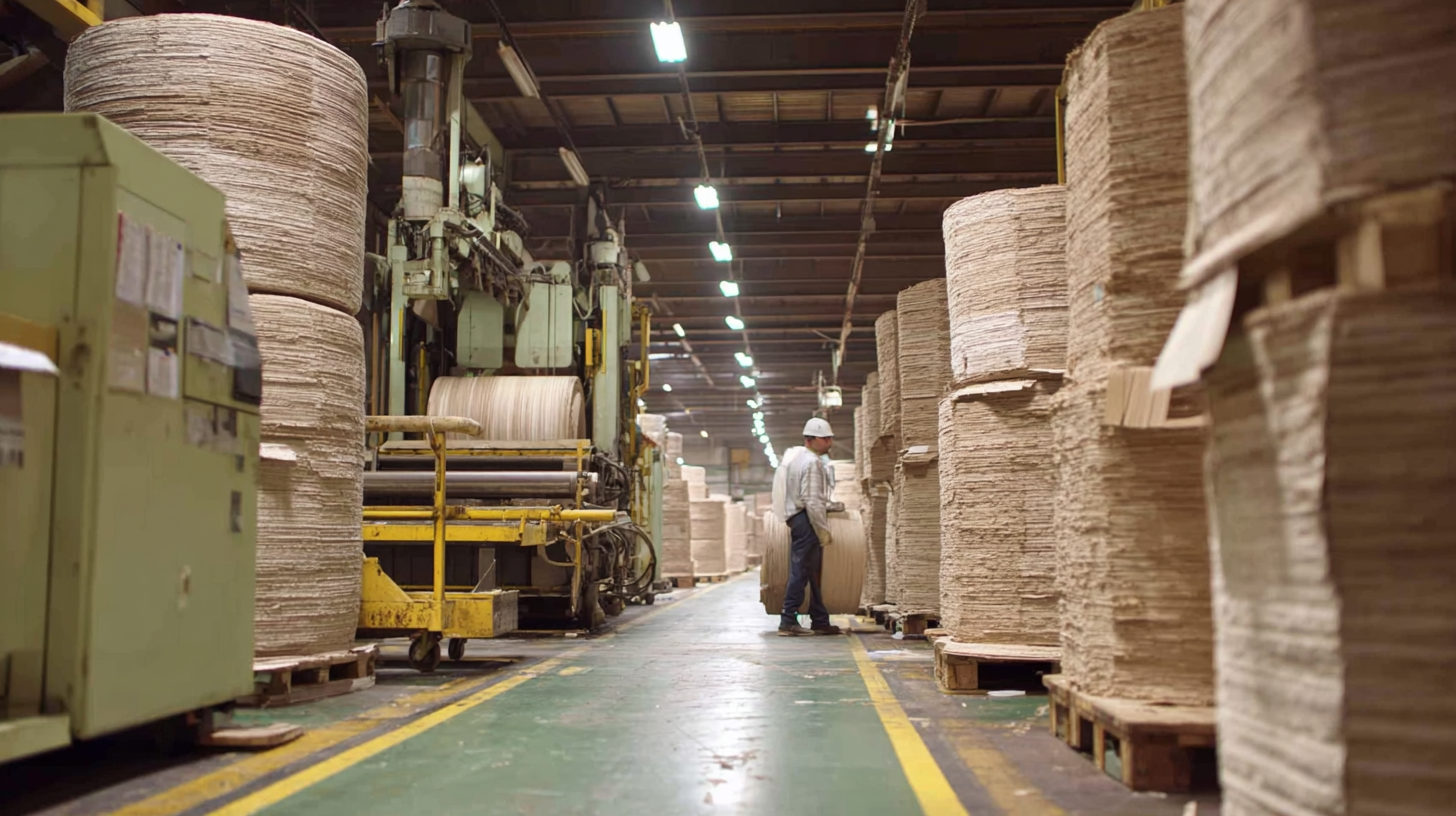
Tips: Consider using wood pulp paper in your operations to benefit from its lower energy requirements compared to synthetic options. Additionally, exploring partnerships with companies focused on renewable biomass technologies can further enhance your sustainability initiatives.
The transition from fossil fuels to renewable energy sources is essential for the advancement of the chemical industry towards achieving net-zero emissions. Wood pulp paper provides a sustainable foundation that supports this shift, as innovative technologies emerge to harness its full potential while ensuring minimal environmental impact. As industries adopt wood pulp paper, they not only reduce their carbon footprint but also promote a circular economy that prioritizes renewable resources.
Tips: Engage in research and development programs that focus on the latest advancements in wood pulp production techniques to remain competitive and environmentally responsible.
Wood pulp paper is emerging as a cornerstone of sustainable manufacturing, particularly through its robust recycling potential. According to the American Forest & Paper Association (AF&PA), the recycling rate of paper and paperboard reached approximately 66.8% in 2022, demonstrating significant progress in circular economy practices. This high recycling rate not only reduces the demand for virgin materials but also conserves energy and water. The recycling process for wood pulp paper helps to divert waste from landfills, effectively minimizing environmental impact and promoting resource efficiency.
In addition, the use of recycled wood pulp paper in production cycles contributes to a decrease in greenhouse gas emissions. The Environmental Protection Agency (EPA) reports that recycling one ton of paper saves approximately 3,700 kilowatts of energy, equivalent to enough energy to power an average American home for six months. By integrating wood pulp paper into a circular economy framework, manufacturers can leverage these benefits—not only enhancing production sustainability but also aligning with global efforts toward carbon reduction and resource conservation. This integration ultimately fosters a more resilient and eco-friendly manufacturing landscape.
The use of wood pulp paper in sustainable manufacturing is increasingly recognized for its positive impact on indoor environmental quality. Unlike plastics, which can release harmful chemicals into the air, wood pulp paper is a more eco-friendly choice that contributes to healthier indoor environments. According to a study conducted by the
Environmental Protection Agency (EPA), materials such as PVC plastics often emit volatile organic compounds (VOCs), which can lead to respiratory issues and other health problems. In contrast, paper products made from wood pulp are typically
free from these hazardous compounds.
Further supporting this, the
World Health Organization (WHO) has emphasized the importance of improving indoor air quality for overall health, stating that 90% of an individual's time is spent indoors. By opting for wood pulp paper over plastic and other synthetic materials, businesses can significantly reduce the chemical load in their environments. Research from the
Paper and Paperboard Packaging Environmental Council found that wood pulp paper is not only biodegradable but also boasts a lower carbon footprint in its lifecycle compared to plastic, making it a
more sustainable choice for consumers and manufacturers alike.
